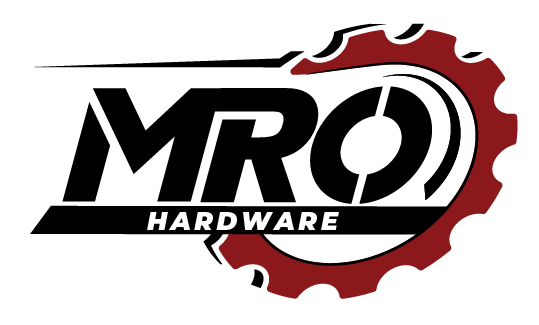Fire trucks, those iconic red behemoths that rush to the rescue in our direst times of need, are an amalgamation of advanced engineering and meticulous design. These vehicles are built to be sturdy, reliable, and efficient. Central to their functionality is the inclusion of industrial hardware components. This article sheds light on these often overlooked, yet indispensable components while also discussing their critical roles in the assembly and operation of fire trucks.
Why Industrial Hardware Matters
The demand for high performance and reliability from fire trucks is unparalleled. They not only need to transport firefighters and equipment swiftly but also endure extreme conditions, from scorching fires to icy terrains. Industrial hardware provides the stability, durability, and precision that are fundamental to these operations. The longevity of a fire truck and its resistance to wear and tear can be largely attributed to the quality of its hardware components.
Key Hardware Components in Fire Trucks
Gaskets: Gaskets form a seal between two surfaces, preventing leaks of fluids or gases. In fire trucks, they are typically found in the engine and water pump assemblies. A faulty gasket could lead to water or fluid leaks, which could be catastrophic during a fire emergency.
Hinges: These play a crucial role in the numerous storage compartments, doors, and access panels of a fire truck. High-quality hinges ensure smooth operations, resist corrosion, and withstand the weight of heavy equipment without deforming.
Locks and Latches: Fire trucks carry an array of equipment, from hoses to hydraulic tools. Locks and latches ensure that this equipment remains securely stored during transit, allowing for rapid access during emergencies.
Seals and O-rings: These components are integral to the hydraulic systems, ensuring that there are no fluid leaks. Their efficiency directly impacts the performance of rescue tools and other hydraulic equipment on the truck.
Mounting Brackets: From lights to sirens and communication antennas, mounting brackets provide a secure base for various external components. Given the speeds and terrains fire trucks navigate, these brackets need to be both resilient and stable.
Concluding Thoughts
The might and efficiency of fire trucks are not just a result of their powerful engines or advanced firefighting equipment. At the heart of their impeccable performance lies industrial hardware. These components, though often unseen, form the backbone of the truck’s stability and functionality. Recognizing their importance underscores the meticulous design and engineering that goes into creating these life-saving vehicles.

